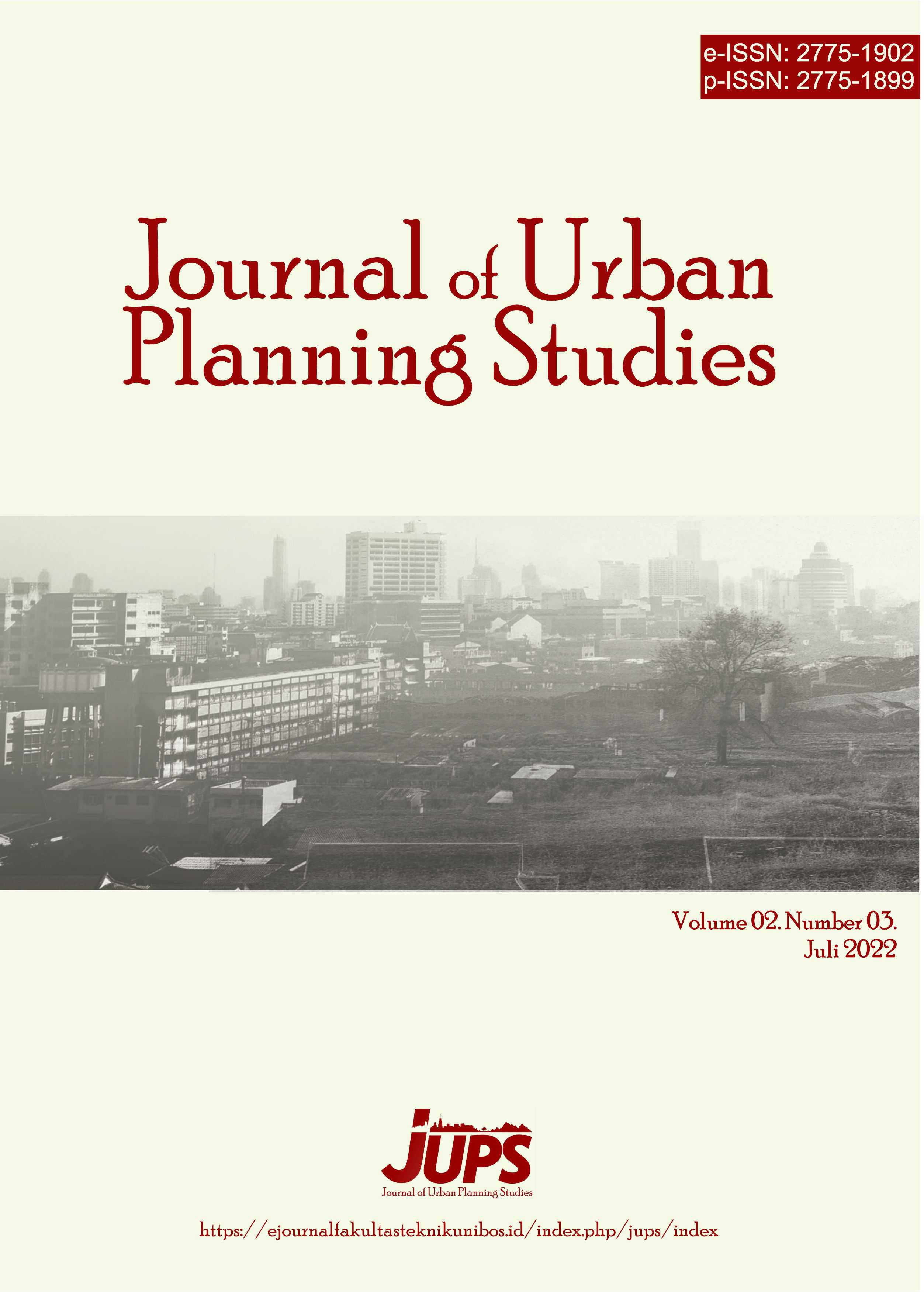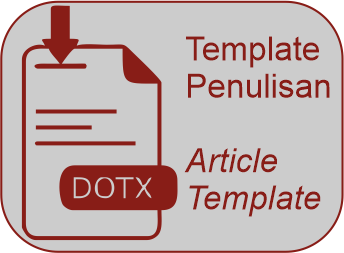Arahan Mitigasi Bencana Banjir Rob di Kawasan Pesisir Kecamatan Balusu Kabupaten Barru
DOI:
https://doi.org/10.35965/jups.v2i3.311Kata Kunci:
Banjir, Kerawanan, Kerentanan, Arahan MitigasiAbstrak
Abstract. The purpose of this study is to identify the level of tidal flood disaster vulnerability, to identify the level of tidal flood disaster vulnerability, and to formulate tidal flood mitigation directions in the Coastal Area, Balusu District, Barru Regency.
This research requires data, namely spatial data, quantitative data and qualitative data. The method used in this research is a quantitative approach where this method has the characteristics of an approach using quantitative data analysis. The analytical method used in the form of vulnerability analysis, vulnerability analysis and descriptive analysis.
Based on the results of the analysis, it produces the level of physical vulnerability, the level of social vulnerability, the level of economic vulnerability and the level of environmental vulnerability, and then proposed directions for structural mitigation and non-structural mitigation based on the results of mapping the vulnerability of the area and directions for the development of the tidal flood disaster area in the Coastal Area, Balusu District, Regency Barru.
Abstrak. Tujuan dari penelitian ini adalah untuk mengidentifikasi tingkat kerawanan bencana banjir rob, Untuk mengidentifikasi tingkat kerentanan bencana banjir rob, serta untuk merumuskan arahan mitigasi banjir rob di Kawasan Pesisir Kecamatan Balusu Kabupaten Barru.
Dalam penelitian ini membutuhkan data yaitu data spasial, data kuantitatif dan data kualitatif. Metode yang digunakan dalam penelitian ialah pendekatan kuantitatif dimana metode ini memiliki ciri pendekatan menggunakan analisis data kuantitatif. Metode analisis yang digunakan berupa analisis kerawanan, analisis kerentanan dan analisis deskriptif.
Berdasarkan hasil analisis menghasilkan tingkat kerentanan fisik, tingkat kerentanan sosial, tingkat kerentanan ekonomi dan tingkat kerentanan lingkungan, dan kemudian diusulkan arahan mitigasi secara struktural dan mitigasi secara non struktural berdasarkan hasil pemetaan kerentanan kawasan dan arahan pengembangan kawasan bencana banjir rob di Kawasan Pesisir Kecamatan Balusu Kabupaten Barru.
Referensi
Anonim. PERKA BNPB No 2 Tahun 2012 Tentang Pedoman Umum Pengkajian Risiko Bencana. Jakarta: BNPB
Berryman, K. (2006). Review of Tsunami Hazard and Risk in New Zealand. New Zealand: Institute of Geological and Nuclear Science.
Maskrey, A. 1989. “Disaster Mitigation: A Community Based Approach”. Oxford: Oxfam.
Peraturan Kepala Badan Nasional Penanggulangan Bencana Nomor 02 Tahun 2012 Tentang Pedoman Umum Pengkajian Risiko Bencana.
Undang-Undang Nomor 24 Tahun 2007 tentang Penanggulangan Bencana.
##submission.downloads##
Diterbitkan
Cara Mengutip
Terbitan
Bagian
Lisensi
Hak Cipta (c) 2022 Muh Nur Imam, Rudi Latief, Emil Salim Rasyidi

Artikel ini berlisensi Creative Commons Attribution 4.0 International License.













